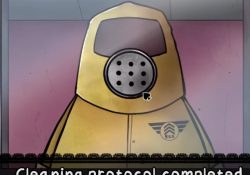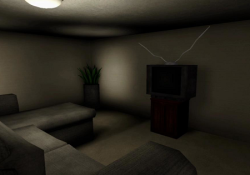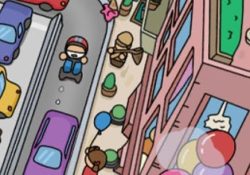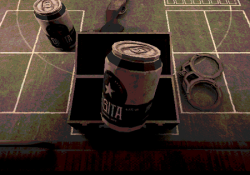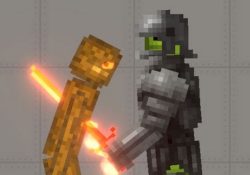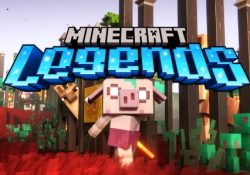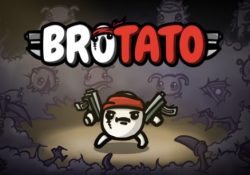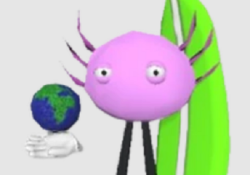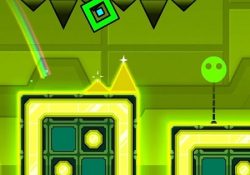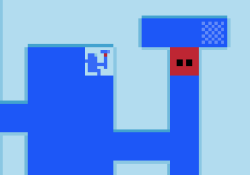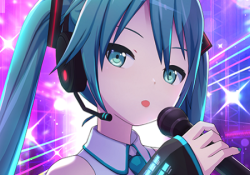Smash Or Pass is a casual social game that revolves around making quick judgments based on appearance, personality traits, or fictional context. Originally a concept used in online videos and streams, the format has been adapted into a game with structured rounds, randomized character pools, and various categories. Players swipe, click, or choose between two options: to “smash”—indicating interest—or “pass”—indicating disinterest. While simple in design, the game relies heavily on personal preference, humor, and discussion between participants.
Game Structure And Participation
The experience usually begins with a randomly selected group of characters or figures. These might come from pop culture, games, history, or even user-created avatars. The player is then presented with a single subject per round and must make a decision without skipping or stalling. Sometimes, additional information is provided, such as a brief bio, alignment chart, or image filter. There is no scoring system in the traditional sense; the point of the game is conversation and reaction rather than winning.
Main Features Included In The Game
- Randomized character or figure selection
- Single-choice decision-making per round
- Optional categories like “fictional,” “celebrity,” or “user-submitted”
- Group modes for multiplayer discussion
- Custom playlist building from past decisions
These elements create a fast-paced rhythm, encouraging players to think quickly and speak openly about their choices.
Social Dynamics And Appeal
Smash Or Pass is often played in group settings or recorded for content, as it naturally leads to conversation. Friends may agree or debate over specific picks, revealing personality differences and shared interests. When played online, the game supports chat reactions, polls, and live commentary. In solo mode, players can create personal collections or rate characters across multiple sessions. The structure is flexible, making it suitable for both private and public interaction.
Visuals, Settings, And Player Input
The interface is usually simple, featuring large icons or cards, bright backgrounds, and minimal UI. Some versions of the game allow for voice recognition or reaction capture to add more layers to the experience. Players can submit their own characters or vote on others to include in future rotations. Smash Or Pass is not about strategy or depth—it’s a lightweight platform for humor, reflection, and quick opinions, often leading to longer conversations about character design, tropes, and personal taste.




